What Binoculars Do I Need ?
The type of binoculars you need depends on your intended use. If you plan to use them for birdwatching or other outdoor activities, you may want to consider binoculars with a magnification of 8x or 10x and an objective lens diameter of 42mm or larger. If you plan to use them for stargazing, you may want to consider binoculars with a magnification of 10x or higher and an objective lens diameter of 50mm or larger. It's also important to consider the weight and size of the binoculars, as well as their durability and waterproofing if you plan to use them in rugged outdoor environments.
1、 Magnification power
"What binoculars do I need?" is a common question among people who are interested in outdoor activities such as bird watching, hunting, or hiking. The answer to this question depends on several factors, including the intended use of the binoculars, the environment in which they will be used, and the user's personal preferences.
One of the most important factors to consider when choosing binoculars is the magnification power. Magnification power refers to the degree to which the binoculars can enlarge an image. For example, binoculars with a magnification power of 8x will make an object appear eight times closer than it would with the naked eye.
The ideal magnification power for binoculars depends on the intended use. For bird watching, a magnification power of 8x or 10x is generally recommended. This allows for a clear view of the bird without making it too difficult to keep the image steady. For hunting, a higher magnification power may be necessary to spot game from a distance. However, higher magnification can also make it more difficult to keep the image steady, so it's important to find a balance.
It's worth noting that some experts now recommend using lower magnification binoculars for certain activities. For example, a recent study found that bird watchers using 8x binoculars were able to identify more species than those using 10x binoculars. This is because the wider field of view provided by lower magnification allows for easier scanning of the environment.
In summary, the magnification power of binoculars is an important factor to consider when choosing the right pair for your needs. The ideal magnification power depends on the intended use and personal preferences, but it's worth considering the latest research on the topic to make an informed decision.
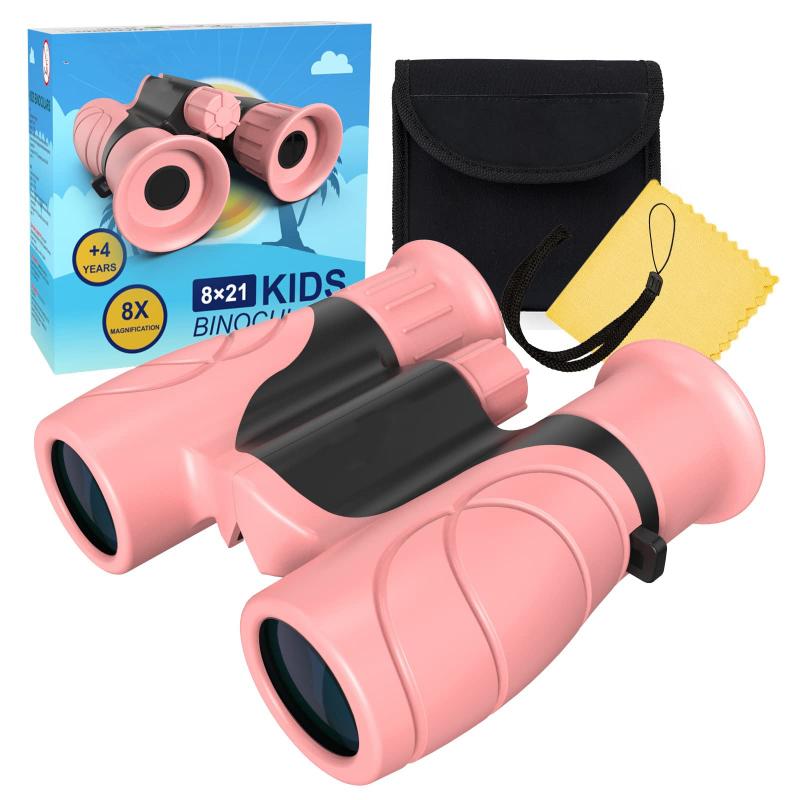
2、 Objective lens diameter
"What binoculars do I need?" is a common question among those who are looking to purchase a pair of binoculars. The answer to this question depends on what you plan to use the binoculars for. If you are planning to use them for bird watching or other outdoor activities, you will need a pair of binoculars with a larger objective lens diameter.
The objective lens diameter is the size of the front lens of the binoculars. The larger the objective lens diameter, the more light the binoculars can gather, which means you will have a brighter and clearer image. A good rule of thumb is to look for binoculars with an objective lens diameter of at least 42mm for outdoor activities.
However, the latest point of view is that the objective lens diameter is not the only factor to consider when choosing binoculars. Other factors such as magnification, field of view, and eye relief are also important. For example, if you plan to use the binoculars for stargazing, you will need a pair with a higher magnification and a wider field of view.
In addition, the type of prism used in the binoculars can also affect the image quality. Binoculars with roof prisms tend to be more compact and lightweight, while those with porro prisms tend to be more affordable and offer better image quality.
In summary, when choosing binoculars, it is important to consider your intended use, as well as factors such as objective lens diameter, magnification, field of view, eye relief, and prism type.
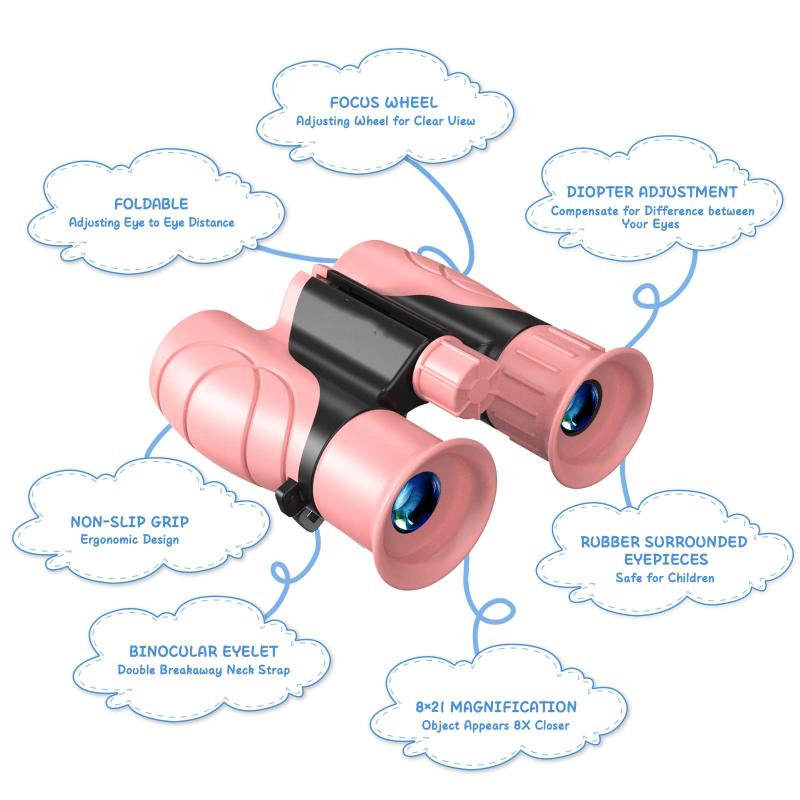
3、 Prism type
What binoculars do I need? The answer to this question depends on your intended use for the binoculars. If you are a birdwatcher, you will need binoculars with a magnification of at least 8x and a lens diameter of 32mm or larger. If you are a stargazer, you will need binoculars with a magnification of at least 10x and a lens diameter of 50mm or larger. If you are a hunter, you will need binoculars with a magnification of at least 10x and a lens diameter of 42mm or larger.
When it comes to prism type, there are two main types of binoculars: roof prism and porro prism. Roof prism binoculars are more compact and lightweight, making them ideal for outdoor activities such as hiking and birdwatching. Porro prism binoculars are larger and heavier, but they offer better image quality and are more affordable.
In recent years, there has been a trend towards using binoculars with image stabilization technology. These binoculars use gyroscopes and other sensors to stabilize the image, making it easier to view objects without the shakiness that can occur with traditional binoculars. However, these binoculars tend to be more expensive and heavier than traditional binoculars.
Ultimately, the binoculars you need will depend on your specific needs and budget. It is important to do your research and read reviews before making a purchase to ensure that you are getting the best binoculars for your needs.
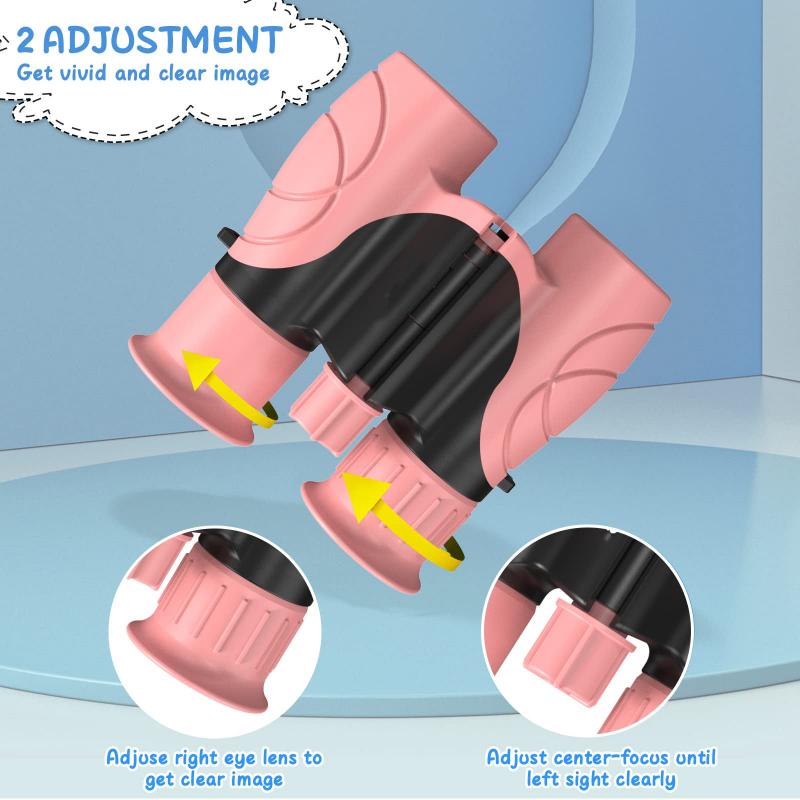
4、 Coating quality
Coating quality is an important factor to consider when choosing binoculars. The coatings on the lenses and prisms can greatly affect the clarity and brightness of the image you see through the binoculars. The higher the quality of the coatings, the better the image quality will be.
There are several types of coatings that can be applied to binocular lenses and prisms, including anti-reflective coatings, phase correction coatings, and dielectric coatings. Anti-reflective coatings reduce glare and improve image contrast, while phase correction coatings help to correct color fringing and improve image sharpness. Dielectric coatings are used on the prisms to improve light transmission and color accuracy.
In recent years, there has been a trend towards using higher quality coatings in binoculars. Manufacturers are using advanced technologies and materials to create coatings that are more durable and provide better image quality. Some of the latest advancements include multi-layer coatings that provide even better light transmission and color accuracy, as well as hydrophobic coatings that repel water and prevent fogging.
When choosing binoculars, it is important to consider the coating quality and look for models that use high-quality coatings. This will ensure that you get the best possible image quality and a more enjoyable viewing experience.
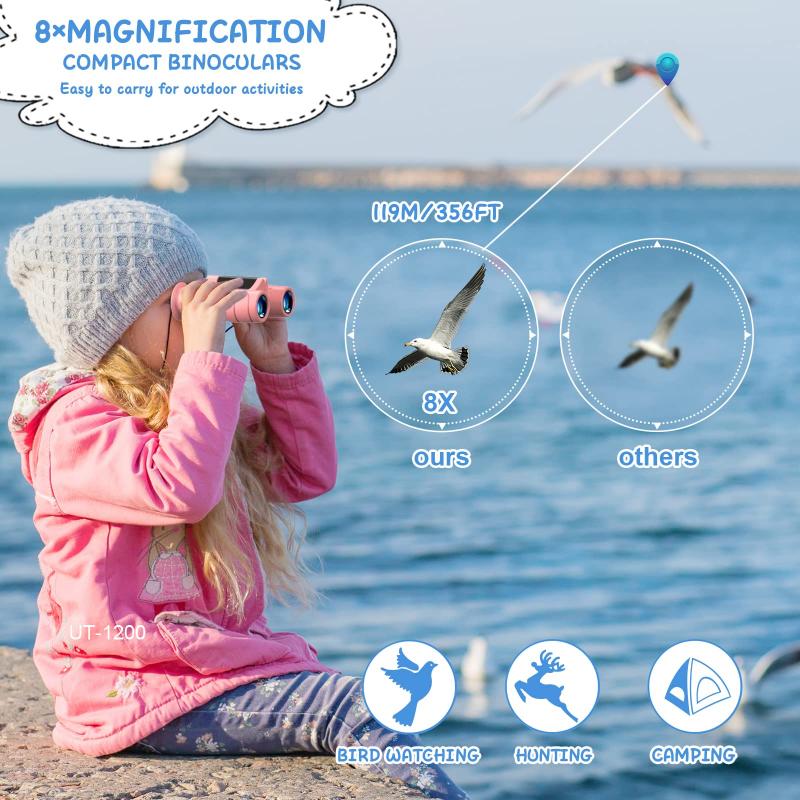










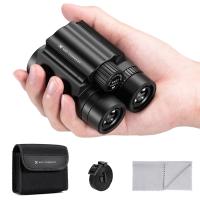
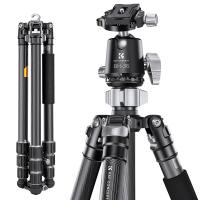


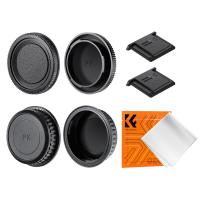
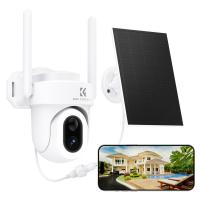
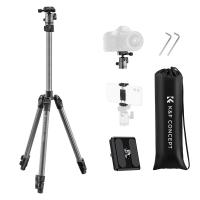
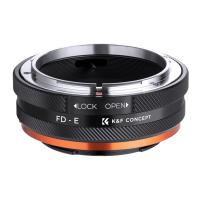
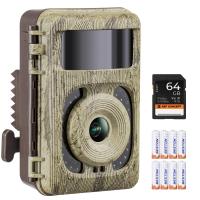
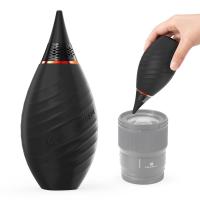
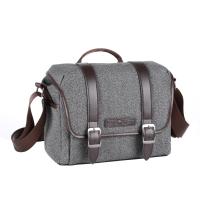

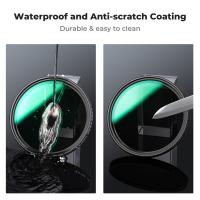

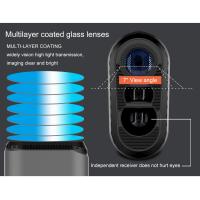
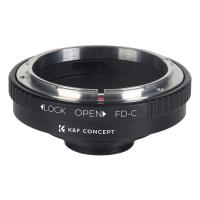
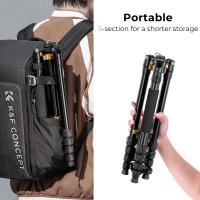
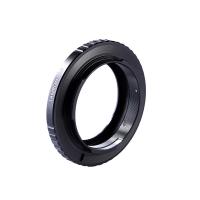
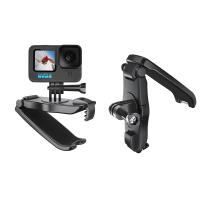
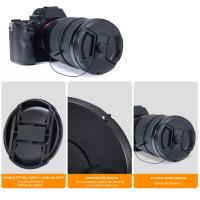
There are no comments for this blog.